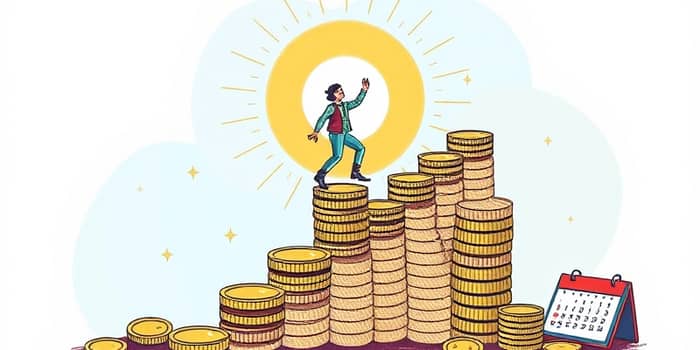
Recovering from debt is a journey that demands vigilance, discipline, and foresight. Just as important as eliminating existing liabilities is preventing new spending habits from derailing your progress.
In this article, we explore how to identify and halt lifestyle creep so you can build a stable and prosperous future.
Lifestyle creep, also known as lifestyle inflation, describes the phenomenon where spending habits adjust imperceptibly over time as income increases. What once felt like treats slowly become everyday expenses.
As raises, bonuses, or debt payoffs boost your disposable income, it’s tempting to upgrade your standards of living—new gadgets, premium subscriptions, or dining out more often.
Without conscious controls, those upgrades accumulate, transforming luxuries into essentials and offsetting the financial gains you worked so hard to achieve.
When you’re recovering from debt, every dollar counts. Allowing lifestyle creep to creep in can undercut your ability to pay down balances, rebuild an emergency fund, or save for long-term goals.
If spending outpaces income growth, you risk remaining trapped in a paycheck-to-paycheck cycle, or worse, taking on new debts.
Recognizing these early signs is vital to steering your finances back on track.
Conscious planning and disciplined execution are your best defenses against creeping expenses. Implement these strategies to stay in control.
By prioritizing financial goals over impulse purchases, you build momentum toward debt freedom.
The 50/30/20 rule is a widely trusted model: 50% of net income for needs, 30% for wants, and 20% for savings and debt payments. Maintaining this split, even as your earnings grow, keeps lifestyle inflation in check.
Use the table below to visualize how to allocate both base income and new income bumps:
Review and adjust your budget monthly to ensure it aligns with evolving goals and prevents creeping expenditures from slipping through.
Debt recovery isn’t just about eliminating what you owe—it’s about fostering habits that last a lifetime. Once you’ve broken the cycle of debt, guard against future inflation through consistent practices.
These habits build resilience against the subtle pull of greater income and social expectations.
Lifestyle creep is often fueled by emotional drivers—rewarding yourself after hardship, seeking status, or succumbing to social media comparisons.
Awareness of these triggers empowers you to pause and question: “Do I really need this upgrade, or am I chasing an external image?”
Grounding your spending decisions in core values—security, freedom, family—shifts the focus from momentary satisfaction to sustainable, purpose-driven choices.
Conquering debt is a monumental achievement. To safeguard your progress, commit to intentional spending and systematic financial planning.
By recognizing and halting lifestyle creep, you can transform temporary sacrifices into lasting prosperity.
Remember, true financial freedom isn’t just the absence of debt—it’s the presence of empowered, thoughtful decision-making with every dollar you earn. Stay vigilant, stay inspired, and celebrate each milestone on your path to secure, abundant living.
References













